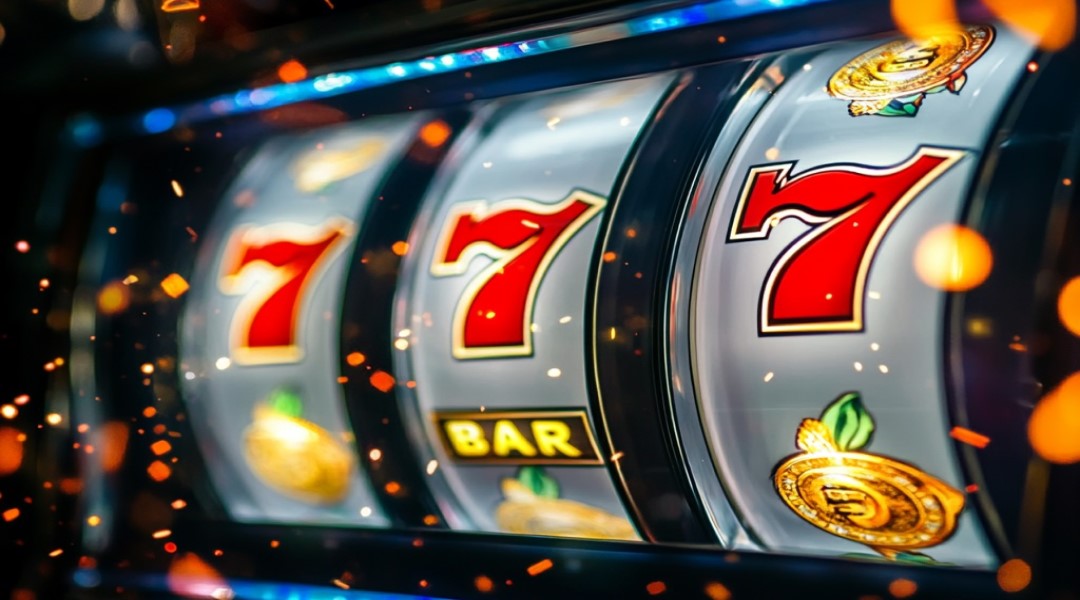Spinning Through Time: How Slot Machines Evolved from Liberty Bell to Online Screens

Slot machines didn’t start life as digital displays glowing and playing pretty tunes at the punters. They got their start back in the late 19th century. Using gears and levers, these mechanical devices were the great-granddaddies of today’s slot games. These simple spinning wheels would someday become the digital behemoths we now all recognize. The move online fundamentally changed slots and opened up whole new ways of enjoying this classic format.
The Mechanical Era: From Levers to Liberty Bell
The first real slot machine, by all accounts, is Charles Fey’s 1894 Liberty Bell. Three spinning reels with six symbols arranged in order—diamonds, spades, horseshoes, stars, and hearts, of course, as well as the venerable broken Liberty Bell. Pulling the lever set them all going at once; if three Liberty Bells lined up on its payout window, you were in for a nice reward! People quickly fell in love with this form of gambling. It was tangible, direct, and extremely popular.
Next, the machines began appearing in bars, shops, and saloons. Not content with that, these arcade creations started to evolve into mechanical marvels. Manufacturers like Mills Novelty Company added color and fruit symbols, plus some novelty small prizes like chewing gum. Despite changing appearances, however, the thrill of spinning the reels, with an unknown outcome every time, remained unaltered.
Lights, Screens, and the Birth of Digital Play
Fast forward to the 1960s and new technology began remodeling the slot machine experience. The electro-mechanical machines provided a blank canvas for more intricate game dynamics and we saw lots of new iterations.
In the 1970s, along came video slots, replacing spinning reels with a screen that could display the outcomes. Features like bonus rounds, multiple-line betting, and themes came out of these changes, setting the stage for all later developers to really get creative.
The digital format also enabled new game ideas to enter the public consciousness—and this eventually led us to online slots. Wow, how that opened things up!
Thanks to computer software, the current generation of slot machines need not be restricted by the number of reels on a physical device. Suddenly, so much more became possible, and the traditional boundaries and limitations were erased very quickly.
These games remained relatively simple to begin with, mimicking their real-life counterparts, but a shift began to happen. Fundamental parameters such as symbols, themes, and images that were once very limited began to open up. The focus became less about pulling a lever and more about visual stimulation and fast-paced interaction. This, of course, was just the start, but it marked a sign of things to come.
Enter the Digital Casino: Online Slot Games in the Virtual Era
With broadband connections improving swiftly, it became possible to create games that were faster and more intricate. Online slots suddenly were able to offer pretty much any feature their creators could come up with, and the ability to provide a previously inconceivable degree of variety revolutionized this field. Themes positively exploded; you can now play games set in Ancient Egypt, focused on sport, related to good luck symbols, or revolving around quirky characters.
The classics are still there, of course, but they’ve been spiced up with things like Hold and Win features. Today, players find themselves immersed in luscious, visually rich environments, with sound effects, animated graphics, and bonus rounds galore. Everything from the images to the music has been taken to the next level.
The transition from mechanical to digital technology has been monumental, and nowhere is it clearer than in the explosive growth of online slots, which continue to develop newer technologies and gaming concepts even today, constantly striking into new territory. Those digital slots have transformed the way we play, and have branched out into mobile markets, allowing people to essentially take slot machines – once immensely bulky items that might have needed two people to lift them – anywhere they want in their pockets. It’s hard to believe how much has changed.
If you want to go even deeper into the full backstory of the evolution of slots, this in-depth article provides a broad look at the history of slot machines and how things have altered. It outlines what technological advances, design changes, and player behavior meant for slot games. It even offers a glimpse of what might still be in store for us.
Why Players Love Slots
Despite the great advances in technology, the basic fascination of slot machines has hardly altered. It’s about expectation, fast play, and matching the symbols. Whether you’re watching metal reels turning and clunking their way to an exciting conclusion or digital animations that line up neatly on your cellphone’s screen, this thrill remains. We’ve come a long way, so let’s do a final wrap-up on the evolution of slot machines:
| Era | Key Features |
| Late 1800s | Mechanical reels, lever pull, Liberty Bell design |
| Mid-1900s | Fruit symbols, gum prizes, electro-mechanical systems |
| 1970s–1990s | Video reels, multiple paylines, themed machines |
| 2000s–Present | Mobile access, digital bonuses, immersive design |